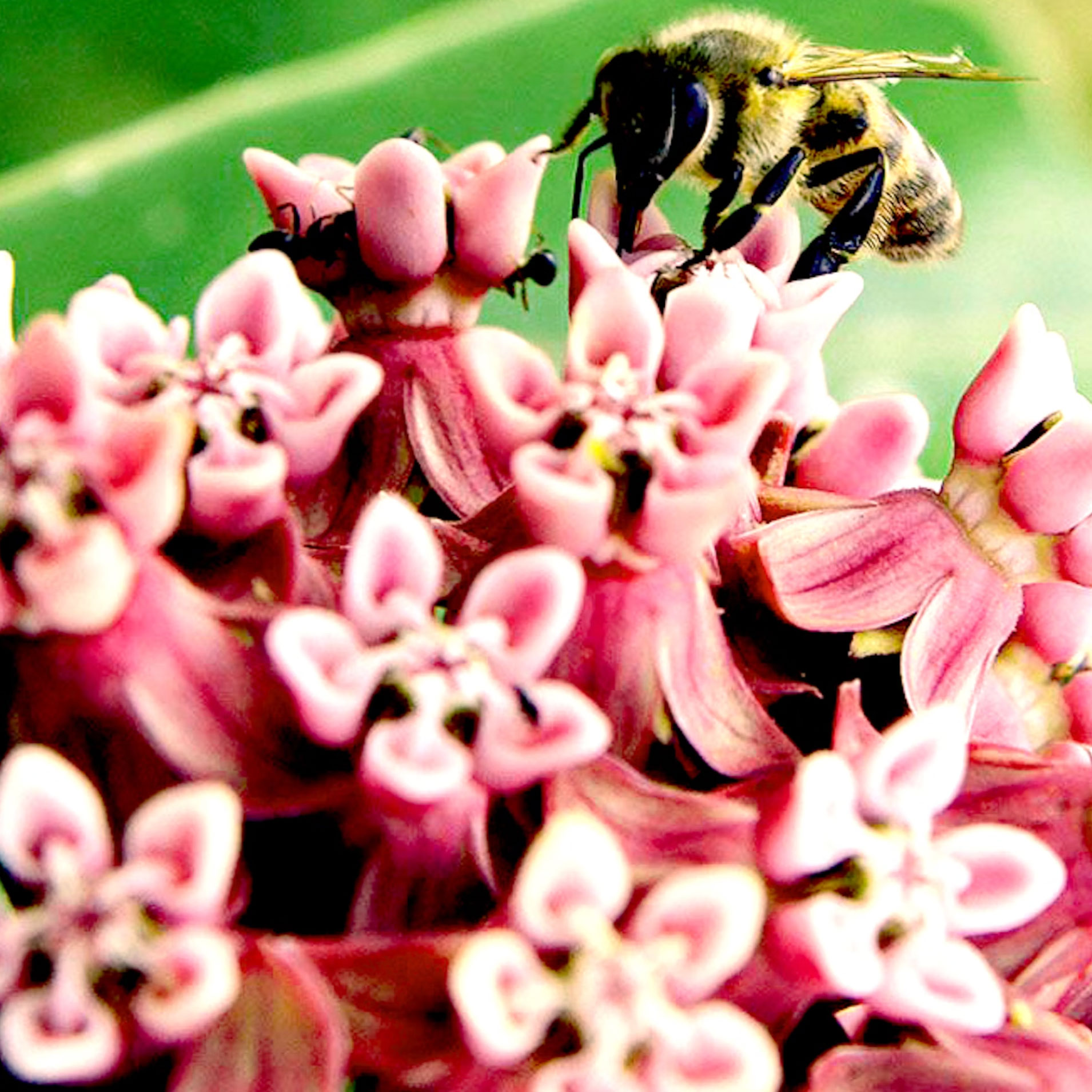Coneflower Companion Plants: What To Grow With Echinacea For Stunning Ornamentals
Coneflowers are capable of memorable ornamental displays, especially if grown in drifts – but if you want to increase their impact, try some of these pretty coneflower companion plants

Amy Draiss
Coneflower (Echinacea spp.) is a beloved perennial bloomer that creates gorgeous symphonies of color in pollinator gardens and ornamental beds. However, match this striking ornamental with the right coneflower companion plants, and you’ll be rewarded with vibrant displays. If you grow coneflowers in certain plant combinations, the results are not only beautiful and long-lasting but also beneficial to the health and vitality of your garden.
Specific planting combinations improve overall plant health and soil health, assist in pest management, and even boost flowering. But how does one decide what to plant with coneflowers? This roundup highlights classic planting combinations that are mutually beneficial, harmonious to pollinating insects, easy to care for, and gorgeous on the eye. Enjoy mixing and matching these pretty planting partners!
Choosing the Best Coneflower Companion Plants
Coneflower plants are notorious sun-seekers, very drought tolerant and highly adaptable to poor soils. The best companion plants for coneflowers will be able to adapt to similar growing conditions and low maintenance landscapes. Blooming through summer, coneflower beds serve as a haven to bees, butterflies and other beneficial insects. Ideally, your companion plants will work well in butterfly gardens and bee-friendly plantings, and service pollinators or benefit from their presence.
Consider using natives as companions for echinacea. Echinacea is native to the central and eastern parts of North America, and is hardy to USDA zones 3-9. Native plants are adaptable to existing conditions and do not require as much care as introduced species. Some excellent native coneflower companion plants include bee balm, phlox and cardinal flower. Here are six of the best companion plants.
1. Gaillardia
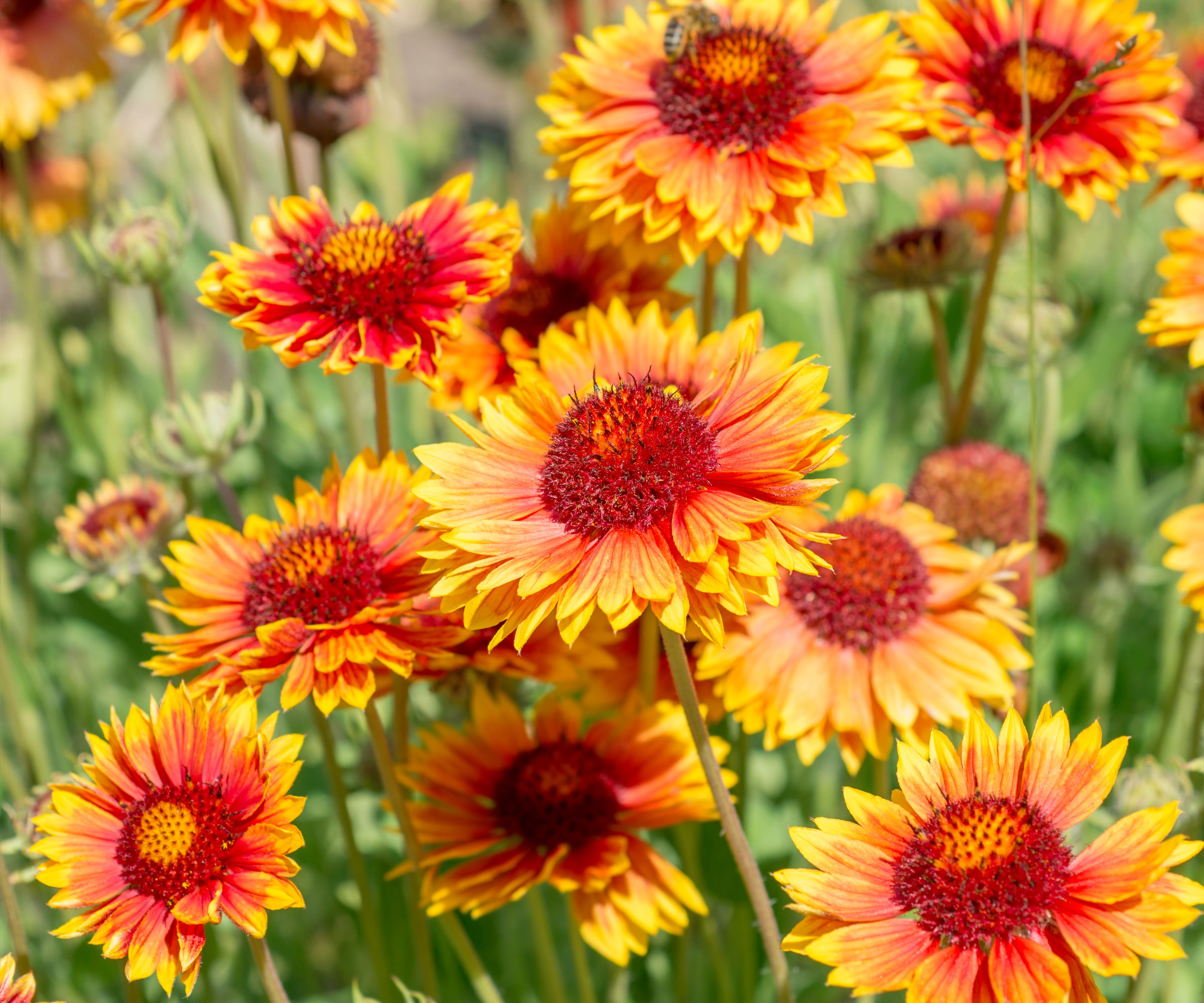
Coneflower and gaillardia plants (also known as blanket flowers) complement each other well. Both are common in wildflower seed mixes and can be found growing in tandem within naturalized plantings. Adding needed color and diversity to beds, echinacea also supports gaillardia plants. The partnership allows blooms to stand tall in the garden, so there is no need for additional trellising.
As an extra option to growing gaillardia, why not also try heliopsis as a coneflower companion plant? Gaillardia and heliopsis are both members of the Asteraceae family. Gold varieties such as ‘Burning Hearts’ Heliopsis, available in the Gardening Know How Shop, match beautifully with pink and purple colored coneflowers.
2. Goldenrod
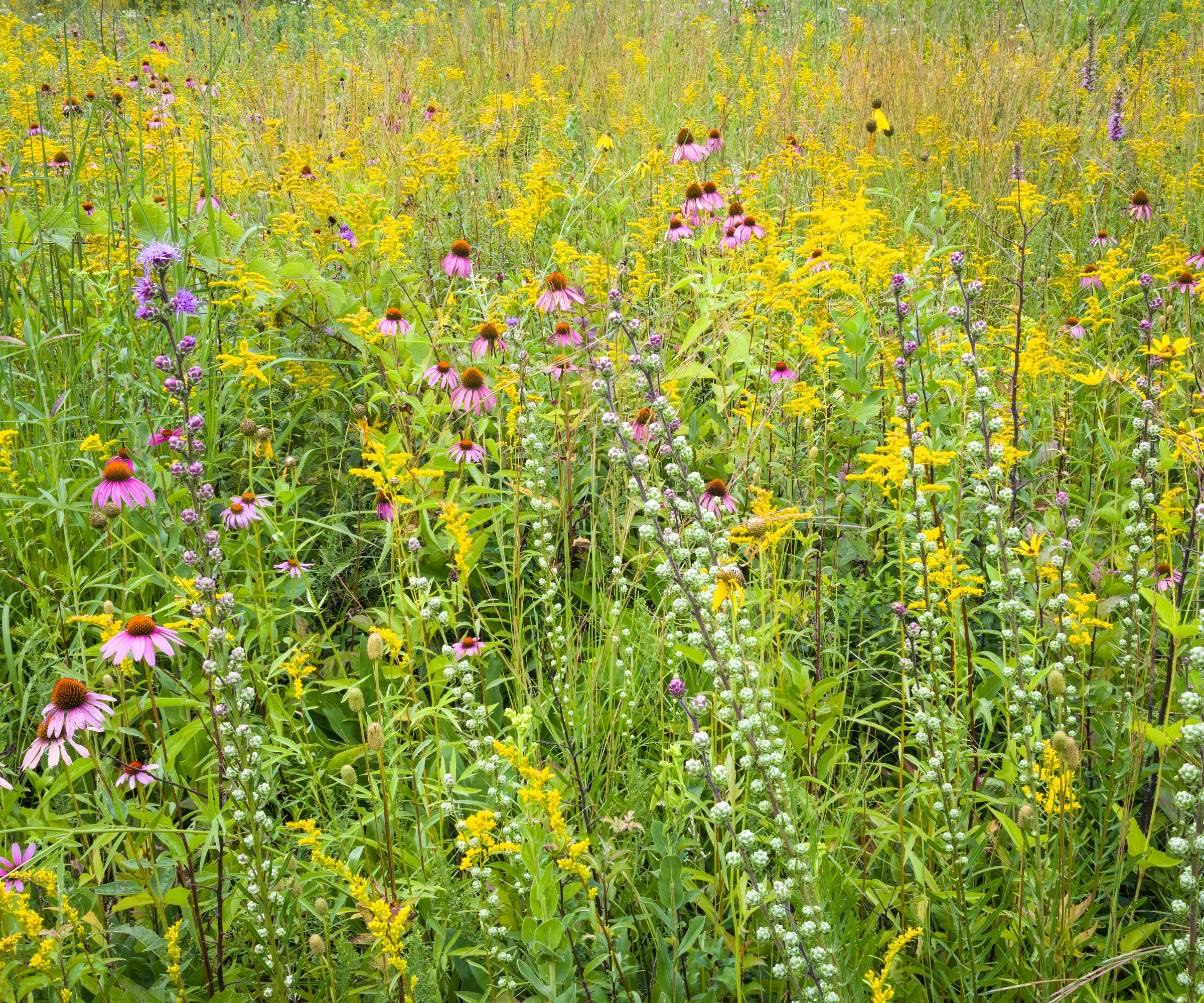
When it comes to coneflower companions, native species are often among the most helpful for attracting wildlife and extending the flowering period of garden beds. Goldenrods, with their vibrant, late-season clouds of sunshine blooms, are invaluable to pollinators and offer a glorious burst of color before the season’s end.
Sign up for the Gardening Know How newsletter today and receive a free copy of our e-book "How to Grow Delicious Tomatoes".
When growing goldenrod, you’ll find that plants demonstrate an immense tolerance to cold, hardy to USDA zones 2-8. You can grow Goldenrod ‘Fireworks’ in Plant By Number’s Native Monarch Garden Kit, available in the Gardening Know How Shop. This kit also includes butterfly favorites milkweed, columbine and Joe Pye weed.
3. Lavender
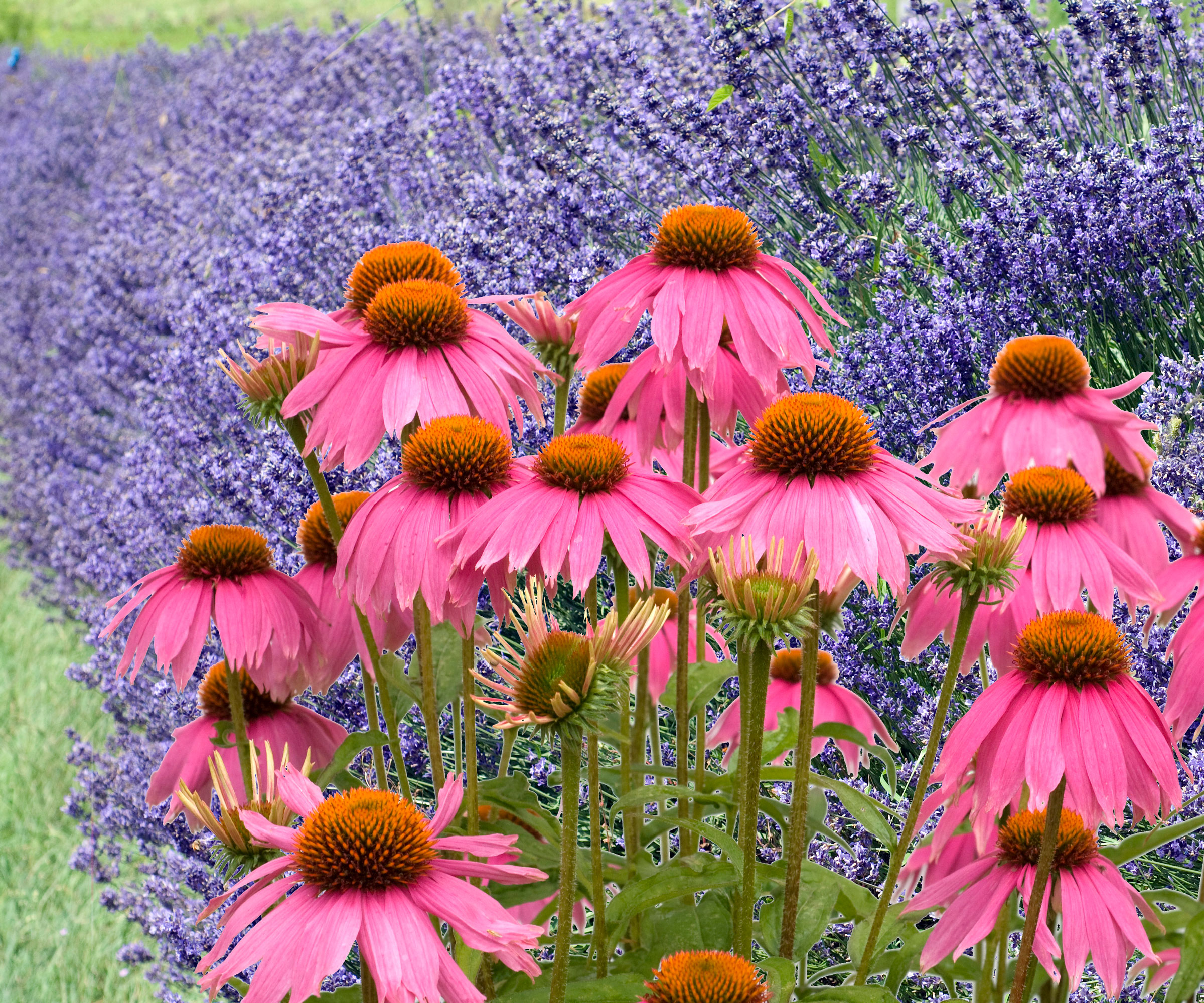
Lavender is the quintessential companion plant for other drought-tolerant ornamentals. Its alluring fragrance repels insects and deters browsing wildlife. Like echinacea, lavender is praised for its use in both herb and pollinator beds, so they have a natural affinity that goes way beyond looking good.
These plants have similar cultural needs, not to mention gorgeous tonal contrasts, so this combination is a perfect match. Deep indigo ‘Munstead Lavender Heirloom’ from Green Promise Farms pairs particularly well with bright and cheery ‘Mellow Yellows’ Coneflower, both available to buy in the Gardening Know How Shop.
4. Monarda

Certain echinacea companions, like bee balm (Monarda spp.), are an easy choice. Alike in terms of their requirements for growth, these two plants are completely in harmony within pollinator and wildflower beds. You can grow monarda in a range of magentas, pinks and purples, producing an abundance of nectar-rich blooms throughout summer.
Plantings of bee balm amongst drifts of echinacea will help to diversify the landscape, attracting native species of birds and other wildlife. Try growing ‘Jacob Cline’ Bee Balm and ‘Mellow Yellows’ Coneflower as part of the Plant by Number Native Pollinator Garden Kit, availably to buy from the Gardening Know How Shop. Bee balm is hardy to USDA zones 3-9.
5. Sedum
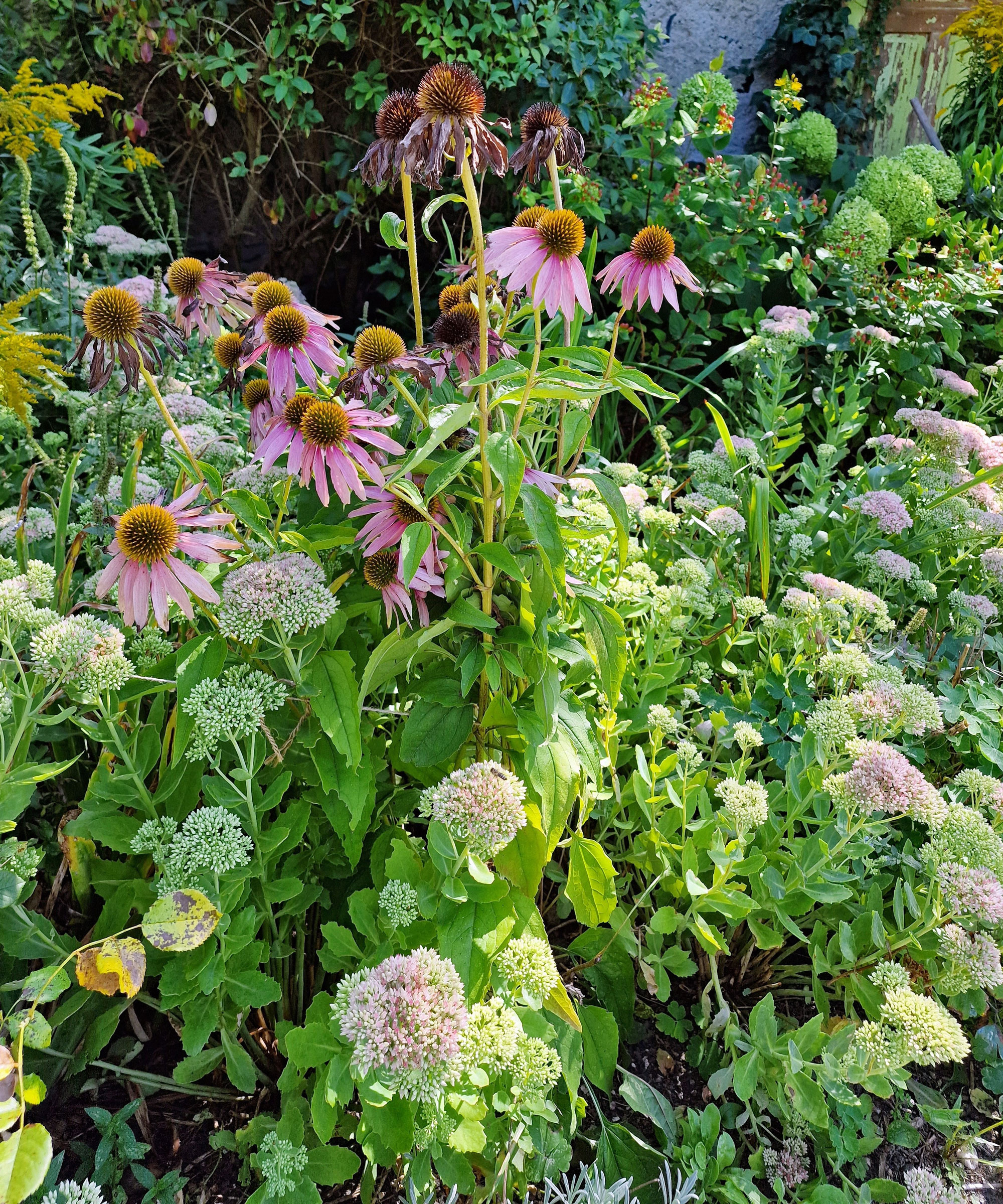
Easy to grow, sedums (also known as stoneflowers) are celebrated for their hardy nature and ability to withstand drought. With their puffs of pink or yellow flowers on hardy succulent bases, they are very useful companion plants for coneflowers. While taller sedum types are a good choice for attracting pollinators and offering support to other plants, shorter cultivars are ideal as ground cover.
This is especially true in the case of echinacea, where dwarf varieties help to suppress weeds and conserve moisture. You can grow ‘Autumn Joy’ Sedum as part of the Plant by Number Pink Flower Garden Kit, available in the Gardening Know How Shop. Perennial sedum can be grown in most climates, with plant hardiness ranging between USDA zones 3-11.
6. Rudbeckia

Rudbeckia (R. fulgida and R. triloba) is a common companion plant for echinacea. This is due to their similar cultural needs, bloom period, and stature. In addition to its cheerful color, rudbeckia is a valued late-season source of pollen to bees. Though the hardiness of perennial species will vary by type, a wide range of annual varieties can be grown in most regions.
Choose a sunny yellow black-eyed Susan or brown-eyed Susan such as ‘Blackjack Gold’, available in the Gardening Know How Shop, as a classic foil for purple and pink echinacea companions. Alternatively, try an orange brown-eyed Susan like ‘Prairie Glow’ Rudbeckia, also available in the Gardening Know How Shop, as a dramatic contrast to green and white coneflowers.
Frequently Asked Questions
Should Coneflowers be Planted in Groups?
Coneflowers look especially attractive when planted in large groups. In summer, established plants grow quickly to fill beds with color. Mass plantings further add beauty to the space with their lush foliage and the continued production of flowers, lasting well into fall.
What Should You Not Grow With Coneflowers?
The best plants to grow with echinacea are those with similar needs. These species include those that thrive in full sun and are able to tolerate poor soils. So to play it safe, you should avoid growing alongside shade-loving or cool-season plants that would likely languish under such harsh conditions.
What Foliage Works Well with Coneflowers?
Many new coleus cultivars are just as happy in the sun as in shade. Heuchera (aka coral bells) are tough perennials with fluted leaves and numerous colors from which to choose. And ornamental grasses which prefer sunny, well-drained soil are also excellent echinacea companions. Numerous varieties produce fascinating inflorescences to add extra interest to an ornamental display.
This article features products available from third party vendors on the Gardening Know How Shop. Keep in mind that our plant inventory is limited - so if you’re thinking of purchasing, don’t wait!

Mary Ellen Ellis has been gardening for over 20 years. With degrees in Chemistry and Biology, Mary Ellen's specialties are flowers, native plants, and herbs.
- Amy DraissDigital Community Manager

